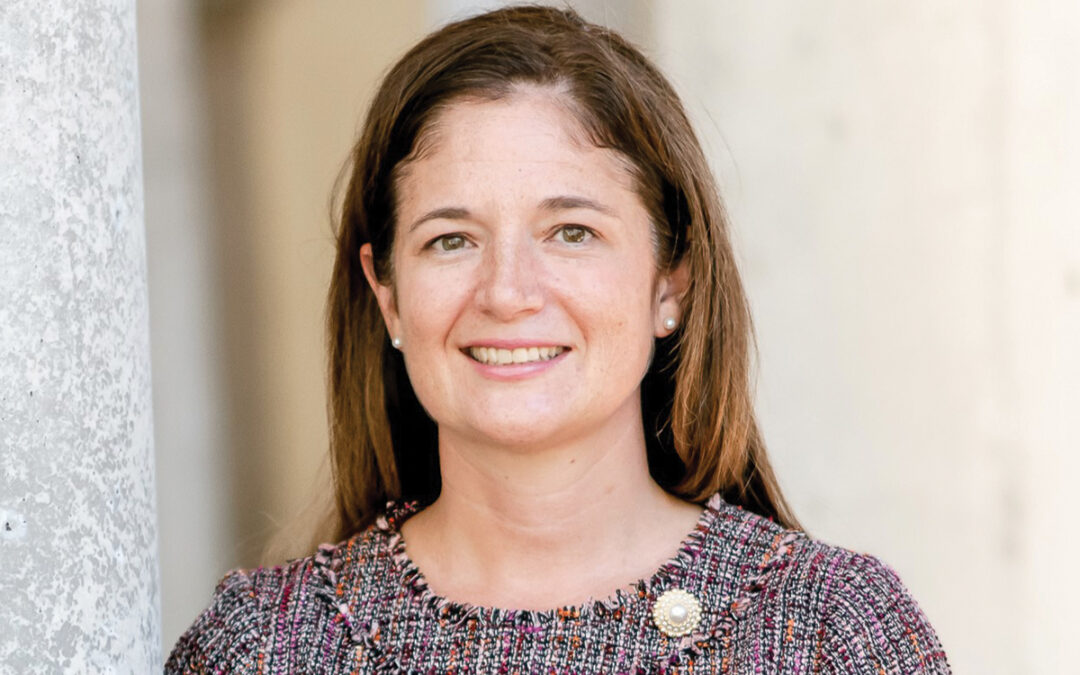Common Sense, Not Martyrdom, Will Help You Survive
When I saw the Halloween candy piled waist high at my HEB, I knew the end was near. I consciously drew my navel to my spine and threw my shoulders back to brace myself for the holiday onslaught. Halloween is just a teaser for what’s to come. By November, the calendar begins to fill with family get-togethers, school events, office parties and open houses. It’s about this time each year I reminisce about a two-week trip my husband and I took to London. We timed it so we would get home on Christmas Eve. Rather than sidling up to dessert buffets and noshing on a never-ending array of baked goods, we spent our days walking from one amazing piece of history to the next. Being young and newly married, we were also on a budget, so taxis were a luxury we saved to get to and from the airport. I remember eating in restaurants recommended by locals and thinking I’d been gypped as I stared at the petite portions laid before me. “We’re paying how much for this?” I seethed at my husband. Never mind that I always left perfectly satiated. We got home just in time for hugs and stockings. Feeling fit and trim, we were the only ones on Christmas Day who didn’t look like they’d been pulled through a knothole and beaten down by obligation, stress and holiday fever. If reporting absent for the holidays isn’t part of your reality (although I highly recommend it), then healthy holiday eating strategies are in order. Linda Ellsworth, an obstetrician and gynecologist who also has a Ph.D. in physiology, has developed successful techniques to help individuals optimize their weight and enhance their life through improved health. A self-described “foodie,” Dr. Ellsworth uses a commonsense approach to weight management. There are two dietary sins — “not eating breakfast and eating after dinner,” she notes. She’s an advocate of a full stomach, not martyrdom. “It’s about keeping your blood sugar stable,” she says. That’s why she advises eating protein at every meal. “Protein helps fill your stomach and evens out your blood sugar so you avoid the roller-coaster effect of refined sugars and carbohydrates. “I try not to rely on sheer will power for weight management,” she says. Instead, she’s blended years of physiological and medical training, clinical experience and her own life events, including breast cancer survival, to produce an individualized approach to lifelong control of weight.
___________________________________
10 ways to avoid holiday weight gain
Consider these strategies from Dr. Ellsworth:
1.Start a diet right before Thanksgiving. This will protect you from those who shove food at you and insist you try “just one.”
2.Eat regularly. Don’t skip meals to make up for your dietary indiscretions. This will just shut down your metabolism and make you more likely to store calories when you do eat.
3.Practice moderation. Sample just one of anything. You’ll appreciate it more. Remember, you will eat again in this lifetime.
4.Before a party, spoil your appetite with milk or cheese (this will slow down alcohol absorption as well), and have one or two glasses of water before leaving home.
5.Beware of the buffet tables (see #3 above). Eat dessert first and then get interested in talking to people. You’ll consume a lot less.
6.Have something “good” with something “bad.” That is, eat something good for you, such as vegetables or fruit, whenever you eat something with high fat or refined carbohydrates. This approach should help you decrease the amount of “bad” food calories and improve your digestion.
7.Have a post-feast washout. The day after a holiday dinner, have a high-fluid, low-salt intake of water, vegetables, fruit, milk (regular or soy) and tea. This will help your body flush out the extra calories and salt before they join you permanently.
8.Exercise. It’s crucial that you continue your exercise regimen or even increase it during the holidays. How else will you burn off all those extra calories? You’ll manage stress better too.
9.Get plenty of sleep. It will help you fend off those carbohydrate cravings. Take catnaps if necessary.
10.Try the “cookie diet.” If you must sample every cookie and treat that comes along, consider that intake a meal. Don’t eat three regular meals that day. Just try to eat one normal, wholesome meal per day.
Michele Trankina, Ph.D. and nutritional physiologist, also has some advice for keeping holiday calories in check. “Managing calories, fat and alcohol intake is like balancing a checkbook,” she says. “If you don’t overspend in one area, there’s more left for something else.” Dr. Trankina recommends you feel your fullness. “Eat the holiday meal early in the day, between noon and 4 p.m. Eat slowly, putting down utensils between bites and joining the conversation,” she suggests. “Wait at least 15 minutes before diving in for seconds or thirds.”
She says simple tactics like chewing gum, flossing or brushing your teeth can be effective deterrents to overeating as well.
“Holidays are meant to be enjoyed, and eating is a major part of the enjoyment. But you might be surprised at how far sensibility, moderation and a few tricks will take you,” says Dr. Trankina.
__________________________
Reality Check
According to the Washington Hospital Center, people tend to gain one to five pounds during the holidays. Considering it takes 3,500 extra calories to gain one pound of fat, gaining two pounds between Thanksgiving and New Year’s means you’re consuming approximately 250 extra calories per day. Now multiply that over five years of holiday eating and you have yourself 10 extra pounds to lug around.
Here are some favorite holiday foods and their caloric and fat equivalents. Keep in mind that the average sedentary woman should consume only about 1,600 calories a day.
• Skinless white meat turkey – 150 calories per 3-oz. serving, 4 grams of fat. Look at the palm of your hand or a deck of cards to see what 3 to 4 ounces of meat looks like.
• Skinless dark meat turkey – 225 calories per 3-oz. serving, 13 grams of fat
• 1/2 cup mashed potatoes with low-fat margarine or skim milk – 80 calories, 1 gram of fat
• 1/2 cup mashed potatoes with regular margarine or butter and regular milk or sour cream – 200 calories, 13 grams of fat
• 1/2 cup stuffing – 195 calories, 10 grams of fat
• Three 3-inch frosted sugar cookies – 350 calories, 15 grams of fat
• Once slice of apple pie – 420 calories, 18 grams of fat
• One slice of pumpkin pie (good source of vitamin A and fiber) – 320 calories, 13 grams of fat
• 1/4 cup canned gravy – 30 calories, 0 grams of fat (Homemade gravy contains many more calories.)
• One sweet potato – 117 calories, 0 grams of fat
• One serving of candied sweet potatoes – 240 calories, 0 grams of fat
• 1/2 cup of canned jellied cranberries – 208 calories, 0 grams of fat
• One cup of plain cranberries – 47 calories, 0 grams of fat
By Kelly A. Goff









0 Comments